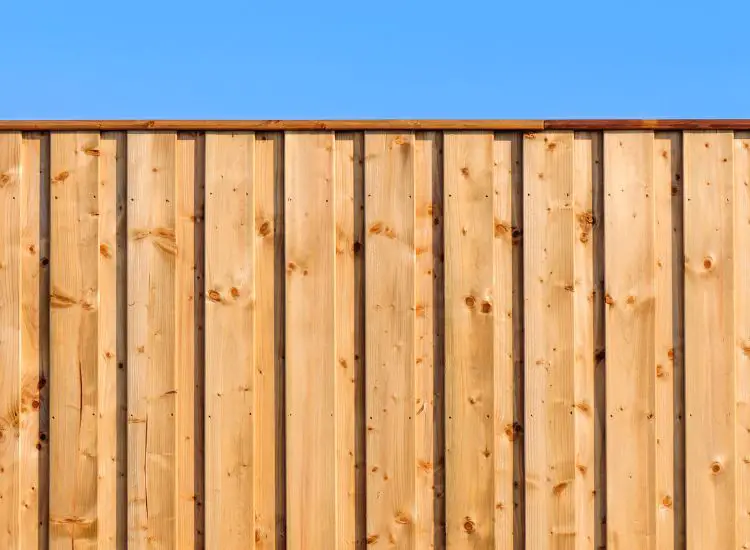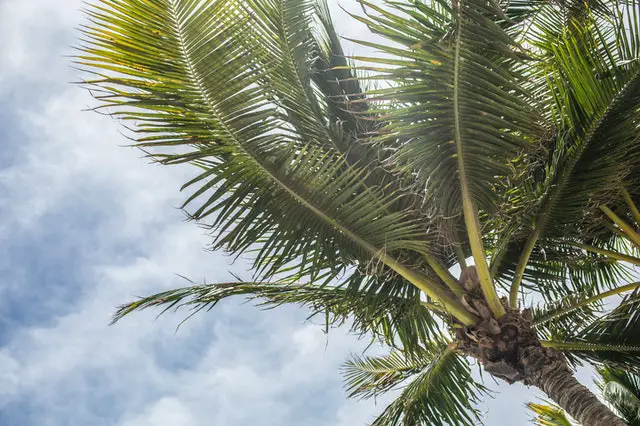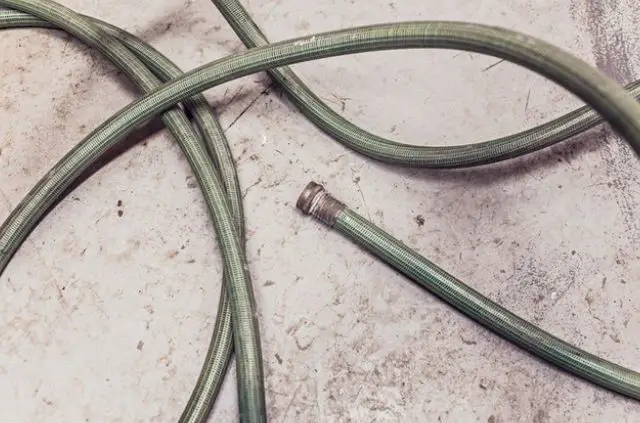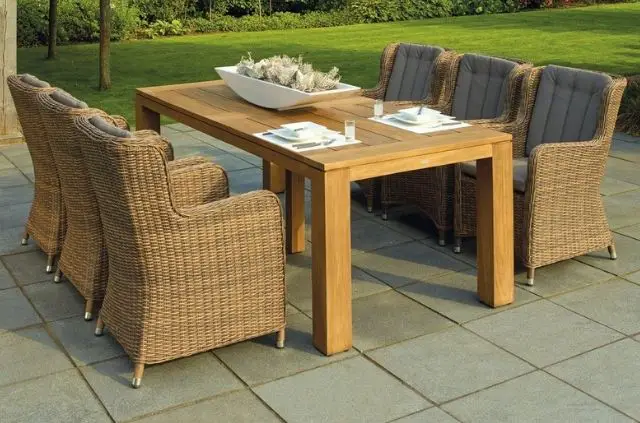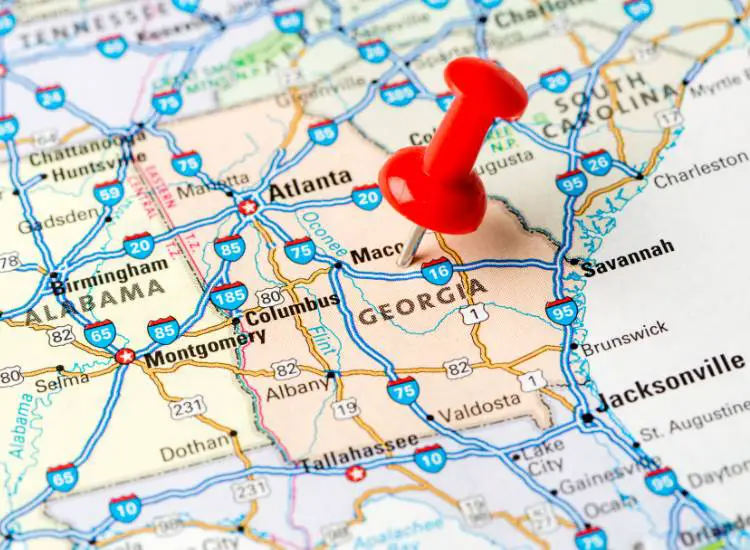Will a Pressure Washer Remove Spider Webs?
Using a pressure washer is one of the fastest ways to clean areas around your house. These powerful machines can easily make neglected surfaces look new again. This brings us to the following question: will a pressure washer remove spider webs?
Yes, a pressure washer is fully capable of removing spider webs from your home. The most important thing to consider is the nozzle. Using an aggressive nozzle attachment can cause damage to delicate areas. Learn the correct method of cleaning in the sections below.
Are Spiders Harmful?
There are more than 3,000 species of spiders in North America, but only some of them are considered dangerous to humans. The Southern black widow spider is one example.
They measure around 1/2 inch in body length and are black with a yellowish mark on their body. Most of these spiders seek shelter in crawl spaces, basements, and even on plants.
It’s a good idea to identify what kind of spiders you’re dealing with before removal. You can always call animal control in your city to figure out if there are dangerous spiders in the area.
Removing Spider Webs with a Pressure Washer
The good news is that using a pressure washer to remove spider webs can be done in a few simple steps. If you want to get the job done safely, make sure to follow the method listed below.
1. Prep the Area
Before beginning any type of outdoor project, it helps to prepare the area beforehand. You will need to gather your pressure washer, hoses, and spider web removal tool.
You should also wear proper safety equipment to protect yourself. Goggles and long clothing will prevent high amounts of water pressure from harming your skin and eyes.
And don’t forget to clear out the area before starting. Anything and everything around the spider webs will get wet. Move tools, lawn furniture, and cars to prevent them from getting damaged.
2. Use a Brush
Now that you’ve cleared everything out of the way, the cleaning process can begin. Before turning on the pressure washer, try using a spider web brush on the worst areas.
This is a great tool to use on corners and other places where spider webs build up the most. Most brushes have long handles which makes it very easy to clean hard to reach areas.
Continue this method everywhere on the first level of the house. Every once in a while you will need to use your hands to remove any webs on the brush, so keep that in mind.
3. Pressure Wash
After using the spider web brush you can move on to the pressure washer. If you are pressure washing a large area, it helps to start at the highest section of your house.
You want to avoid having dirty water pass over areas that were freshly cleaned. Make sure to attach the 40-degree nozzle before you start, because it’s the best for spider webs.
A lower number nozzle will be too aggressive and could potential damage delicate areas. The 40-degree nozzle is safe and it packs just enough pressure to remove spider webs.
4. Follow a Pattern
It’s critical to control the flow of water during the pressure washing stage. The last thing you want is to spray spider webs on the house and make things even worse.
You can avoid this problem by moving with the wand and pointing the nozzle in the same direction. Slowly walk in a horizontal line as you are spraying and push all the webs one way.
If you continuously change directions it will only keep the webs on the house. Make sure to stand about five feet away from the exterior, as this is the ideal operating range for a 40-degree nozzle.
5. Keep Spiders Away
When you’ve successfully removed all of the spider webs, you will need to prevent them from coming back in the future. This can be accomplished with a spider web eliminator.
All you need to do is spray this product around the exterior of the house. Ideally it helps to apply the eliminator to areas where spider webs tend to form.
Places like window screens, porch lights, and other areas are most common. This will keep your home spider web free, for a long time. Check the label to see how often you need to reapply this product.
Pressure Washer Nozzles
0-degree (Red) – This delivers the most amount of water pressure to a concentrated area. It should only be used to clean off tough metal stains. The red nozzle will cut through wood, home siding and other soft materials.
15-degree (Yellow) – Can be used like a scraper to strip off paint, or grease on hard exterior surfaces. The yellow nozzle can also work to clean second story floors from the ground level, as the water pressure will decrease with distance.
25-degree (Green) – Ideal for cleaning dirt, grime, and mildew on exterior surfaces. The green nozzle is safe enough to clean home siding, sidewalks, and metal furniture. It will deliver plenty of cleaning power without causing any damage.
40-degree (White) – Creates a wide spray that allows you to clean windows, vehicles, and other objects around the home. The white nozzle has more cleaning power than a traditional garden hose but is still safe on those delicate surfaces.
Detergent (Black) – Some pressure washers come with an attached canister that holds soap. The black detergent nozzle has the capability to evenly spread out soap when in use. This is also a low-pressure nozzle and is considered safe.
Final Thoughts
This article began with a question: will a pressure washer remove spider webs? You now know that a pressure washer is a great tool to get this job done.
The most important factor to consider is the nozzle attachment. A 40-degree nozzle is ideal for spider web removal, as it delivers enough cleaning power safely.
It also helps to use spider web eliminator spray to prevent webs from coming back in the future. This is a great product to keep the outside of your home clean for a longer time.
Further Reading
Search Terms
- Will a pressure washer remove spider webs?
- How to remove spider webs with a pressure washer

